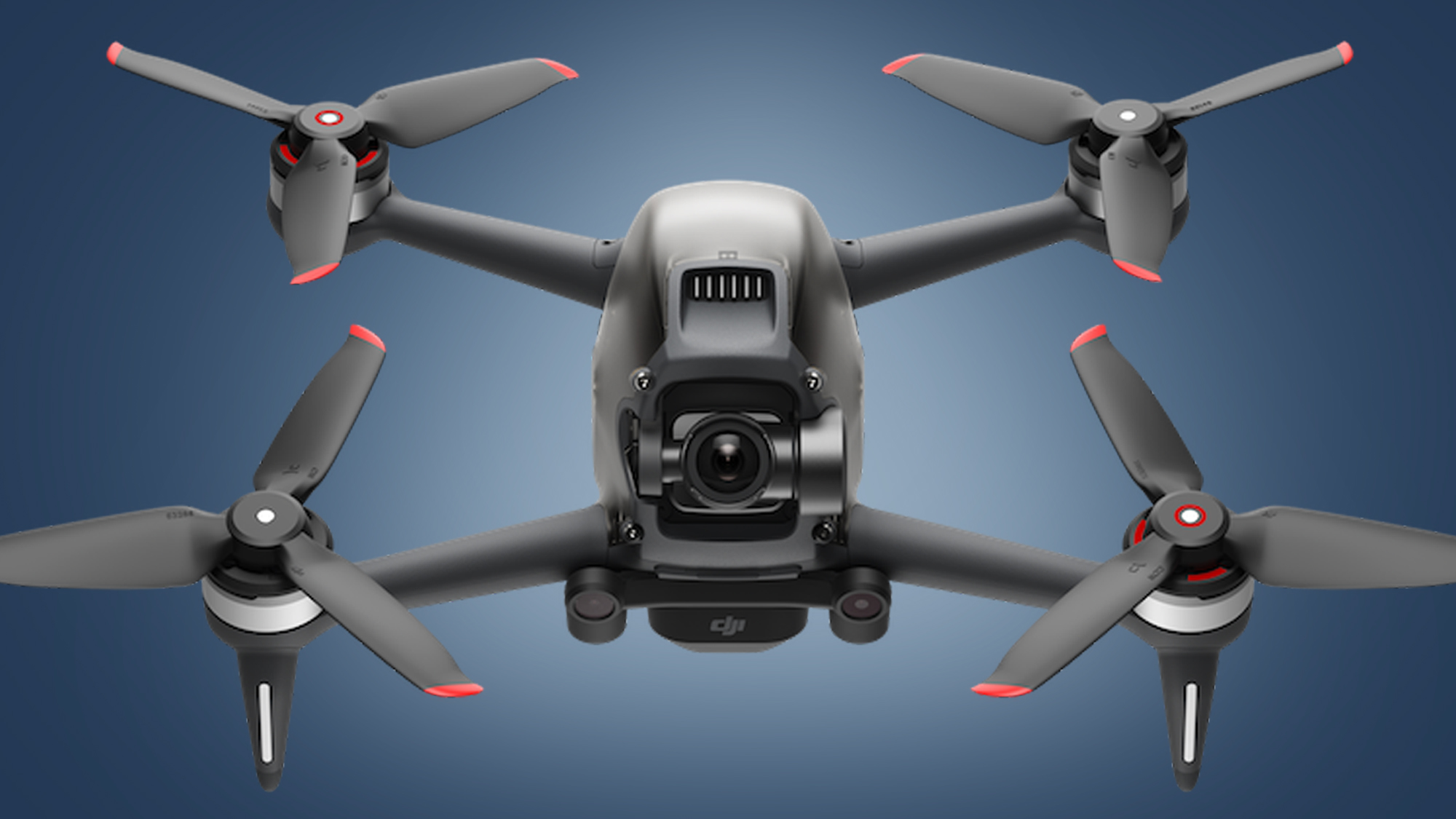Hello and welcome to our DJI Avata launch liveblog. The clock is counting down to DJI's next major drone launch, which kicks off today at 9am ET / 2pm BST / 11pm AEST. And while the company hasn't explicitly said it'll be revealing the Avata today, a wave of leaks plus its own teaser poster mean it's almost certain that we'll see the long-rumored FPV (first-person view drone) land today.
With so many leaks of the drone in the last few weeks, is there anything we don't know about the DJI Avata? Quite a bit, actually. There's the small matter of its official pricing and availability, plus lots of little unanswered questions like whether or not we'll be able to fly the drone in full manual mode with a standard controller, rather than DJI's Motion Controller.
But beyond the specifics, there are also lots of broader questions. Why have FPV drones become big all of a sudden? Who exactly has DJI built the Avata for? What kind of videos will you be able to shoot with it? And will it replace the current DJI FPV?
Give this page a bookmark and join us as we delve into all of these questions and more in the run-up to the DJI Avata's official launch.
Hello and welcome to our DJI Avata liveblog. I’m Mark and I’ll be piloting you through the launch, as we fly over the glorious peaks of the latest leaks and rumors about DJI’s incoming FPV drone. And there’s certainly a lot of those to go through. DJI has again shown its sieve-like ability to hold onto key info ahead of a big launch, but there are still some crucial details missing, along with answers to some of the broader questions.
Because FPV drones are still something of a niche, we'll start by exploring some of those bigger issues. Why are FPV drones suddenly a big deal? Who exactly has DJI made the Avata drone for? And what is a 'cinewhoop' drone? Then we'll tuck into some of the leaks and rumors to build a picture of what we can expect to see at 9am ET / 2pm BST / 11pm AEST. Oh, and if you haven't yet figured out your plan for tuning into the launch, check out our how to watch guide (or bookmark DJI's YouTube video below).

So, why exactly is DJI making another FPV (first-person view) drone? After all, its original DJI FPV (above), which arrived in March last year, hasn't exactly set the world on fire and remains in the shadow of standard drones like the DJI Mini 3 Pro. The answer is a combination of that drone's limitations and a spike in the popularity of 'cinewhoop' drones, which are sub-genre of FPV.
FPV drones differ from standard flying cameras by giving their headset-wearing pilots an on-board view from the drone. The downsides this brings (cost, complexity, latency challenges, looking ridiculous) are balanced out by the benefits: a much more precise control of the drone’s flight and an immersive flying experience. This makes FPV drones great for two things in particular – racing and shooting cinematic videos. And it's the latter that 'cinewhoop' drones, like the incoming Avata, are particularly good at.
FPV drones have grown out their hobbyist origins back in the early 2010s. But the popularity of the so-called 'cinewhoop' sub-genre is a little more recent. These small, nimble drones are, as their name suggests, built for the more cinematic possibilities of FPV drones. Their physical hallmark is some guarded propellors, which allow them to fly safely indoors and in tight spaces.
But equally significant is their flying style - smooth, slow and controlled - which you’ll have seen in a number of viral 'fly-through' videos in recent years. One of the most notable of these is the one above, which arrived back in 2017. It was shot by Robert Mcintosh using a custom-built drone, a deconstructed GoPro and some stabilization software that he co-created called ReelSteady. This had big implications for 'cinewhoop' drones that has ultimately led to today's DJI Avata launch.
The ReelSteady software co-developed by Robert McIntosh, and used to stabilize the video below, is now used by most FPV and cinewhoop drone pilots. It was so good that GoPro bought ReelSteady in March 2020, further ensuring that GoPro action cams would become the default choice for FPV drones. GoPro even launched the GoPro Hero 10 Black Bones in the USA this year, which we used to shoot the video above.
How exactly will the DJI Avata attempt to break GoPro's stranglehold on FPV drones? The rumors suggest the drone will have both RockSteady stabilization (which we saw on the original DJI FPV) and HorizonSteady, which was debuted on the DJI Action 2 action cam and promises to automatically keep the horizon in your videos flat. This is important because the Avata is only expected to have a single-axis gimbal. We're looking forward to seeing how well this combo compares to ReelSteady and GoPro action cams.
from TechRadar - All the latest technology news https://ift.tt/0JlXyA3